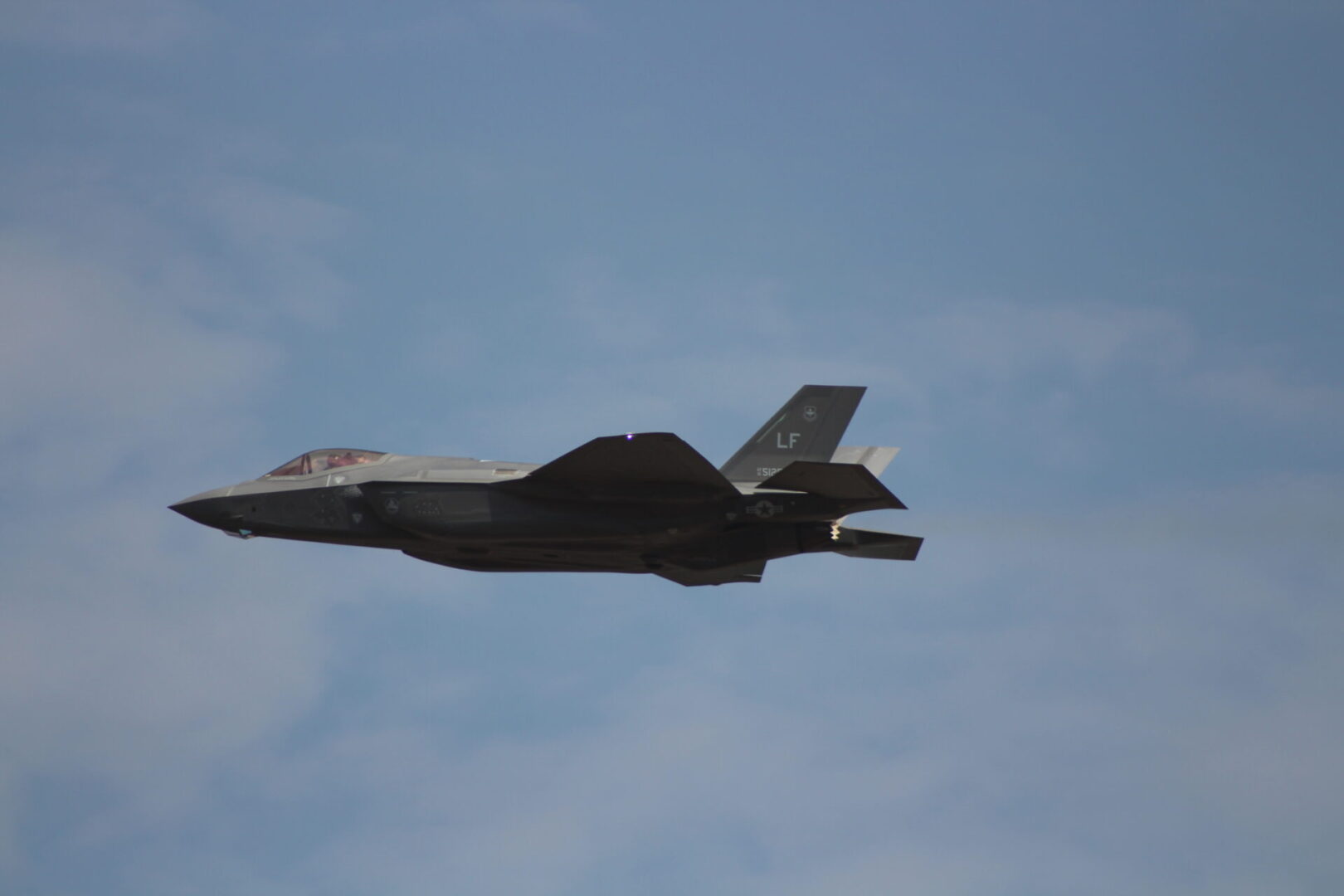The UK Government has said it will purchase 12 Lockheed Martin F35A fighter bombers which will be able to carry nuclear weapons as part of NATOs Dual Capable Aircraft (DCA) nuclear mission.
This will be the the first time that the UK’s has had an airborne nuclear delivery option since 1998 when the last of the UK-made WE177 warheads were decommissioned. Currently the only UK nuclear deterrent is contained on the Royal Navy’s Vanguard submarine fleet using Trident ballistic missiles.
UK prime minister Sir Keir Starmer is due to announce the decision at the NATO Summit in the Netherlands later today.
Lockheed Martin F35s are currently in use in the UK with the Royal Air Force using the F35B model which has vertical landing and short-take off capability and is operated jointly with the Royal Navy. The model was selected for use on the Royal Navy’s aircraft carriers.
While the new aircraft will be based at RAF Marham in Norfolk, nuclear weapons will be not be stockpiled there. Instead the aircraft will use NATO’s stockpile of B61 freefall bombs which are stored in Europe under the control of the United States.
Unlike trident, which uses UK warheads so can be used independently, the air launched bombs can only be used with authority of the US as part of NATO operations.
Speaking about the decision, Prime Minister Keir Starmer said: “In an era of radical uncertainty we can no longer take peace for granted, which is why my government is investing in our national security, ensuring our Armed Forces have the equipment they need and communities up and down the country reap the benefits from our defence dividend.
“Supporting 100 businesses across the country and more than 20,000 jobs, these F35 dual capable aircraft will herald a new era for our world-leading Royal Air Force and deter hostile threats that threaten the UK and our Allies.
“The UK’s commitment to NATO is unquestionable, as is the Alliance’s contribution to keeping the UK safe and secure, but we must all step up to protect the Euro-Atlantic area for generations to come.”
F35A v F35B
| F-35A | F-35B | |
|---|---|---|
| Role | Conventional takeoff and landing (CTOL) | Short takeoff/vertical landing (STOVL) |
| Primary Users | U.S. Air Force, NATO air forces | U.S. Marine Corps, Royal Navy, Royal Air Force |
| Takeoff Method | Traditional runway | Short runway or vertical |
| Landing Method | Conventional runway | Vertical or short runway |
| Internal Gun | Yes – GAU-22/A 25mm (internal) | Yes – GAU-22/A 25mm (external pod) |
| Range | ~1,350 nautical miles (2,500+ km) | ~900 nautical miles (1,700+ km) |
| Speed | Mach 1.6 | Mach 1.6 |
| STOVL Engine | No | Yes – Rolls-Royce LiftSystem with swiveling nozzle |
| Cost | Lower (approx. $80M+) | Higher (approx. $100M+) |
The F-35A is optimised for traditional air force operations with greater range and lower cost, while the F-35Bis tailored for amphibious and carrier-based missions, offering vertical landing capability at the expense of range and payload.

